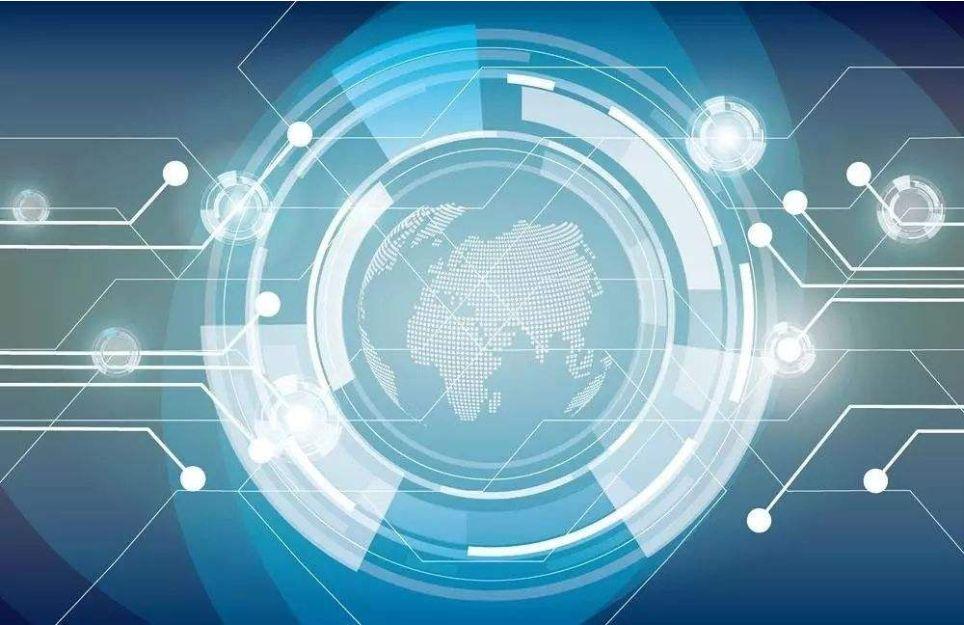Sensors have traditionally been used for camera imaging and to convey information about humidity, temperature, motion, speed, proximity, and other aspects of the environment. These devices have become key enablers of many new technologies critical to business and everyday life, from flipping light switches to managing personal health.
Several factors are driving the evolution of sensors, including miniaturization, increased functionality, and higher levels of electronic circuit integration. There are also higher levels of automation in products and systems, such as the Internet of Things and industrial IoT applications.
Major users of sensors include defense, energy, healthcare, and transportation industries. The global market for sensors is large and growing rapidly. According to one estimate, its sales are expected to reach $346 billion by 2028, up from $167 billion in 2019.
Safe and reliable applications
As the sensor industry competes to take advantage of market opportunities, the need to ensure safe and reliable operation of equipment is gaining attention.
In the energy industry, for example, drilling rigs used for oil and gas exploration are now equipped with sensors that allow for optimal, safe performance at the lowest possible cost. Sensors must operate under harsh environmental conditions. Their failure can cause the rig to be taken out of service, resulting in significant and costly downtime.
In industrial applications, worker safety can be compromised if gas sensors fail to detect the presence of toxic fumes. If LIDAR, the light detection and ranging remote sensing system in semi-autonomous vehicles, fails, they will not function properly. LIDAR is the foundation of advanced driver assistance systems (ADAS).
With thousands of sensor products now on the market, it is becoming increasingly important to adhere to standards that can improve their performance or accelerate the development of new applications, and the need for independent conformance and certification protocols is becoming increasingly important.
Effective deployment of sensors in complex IoT and IIoT applications is becoming challenging given the interoperability issues that can arise when trying to integrate systems from multiple vendors. Hardware compatibility, wired and wireless connectivity, security, software development, and cloud computing are key interoperability considerations as well as major issues in their own right.
IoT Sensor Standards
For many years, the IEEE Standards Association (IEEE SA) has provided an open platform for users, academics, and technologists from sensor manufacturers to work together to develop standards. Below are some examples of IEEE standards and projects from the collaboration.
IEEE 2700-2017: IEEE Standard for Sensor Performance Parameter Definition. A common framework for performance specification terms, units, conditions, and limits for eight common sensor types.
IEEE P1451.99: IEEE Standard for the Coordination of IoT Devices and Systems. Current implementations of IoT devices and systems do not provide a method for sharing data, nor do they allow the owners of such devices to authorize who has control over them or access to the device's data. This standard will define a metadata bridge to facilitate the transfer of IoT protocols for sensors, actuators, and other devices. It will address security, scalability and interoperability to save costs and reduce complexity. The standard will provide a method for sharing data that leverages instruments and devices currently used in industry.
IEEE P2020: Image Quality Standard for Automotive Systems. Most automotive camera systems are developed independently and do not have standardized reference points for calibrating or measuring image quality. This standard will address the fundamental attributes that contribute to image quality for ADAS applications; identify existing metrics and other useful information related to the attributes; define a standardized set of objective and subjective test methods; and specify tools and test methods to facilitate standards-based communication and comparison among system integrators and component suppliers.
IEEE P2520: Standard for Testing Machine Olfactory Devices and Systems. This standard is intended to establish a series of performance measurement methods and qualification processes for electronic nose devices that mimic human chemical sensing responses with greater accuracy and precision.
IEEE P2846: Assumptions for Safety-Related Automated Vehicle Behavior Models. This standard will describe the minimum reasonable assumptions for developing safety-relevant models as part of an automotive ADAS. p2846 will consider the rules of the road and their regional and temporal dependencies, which address the effects of prior behavior.

